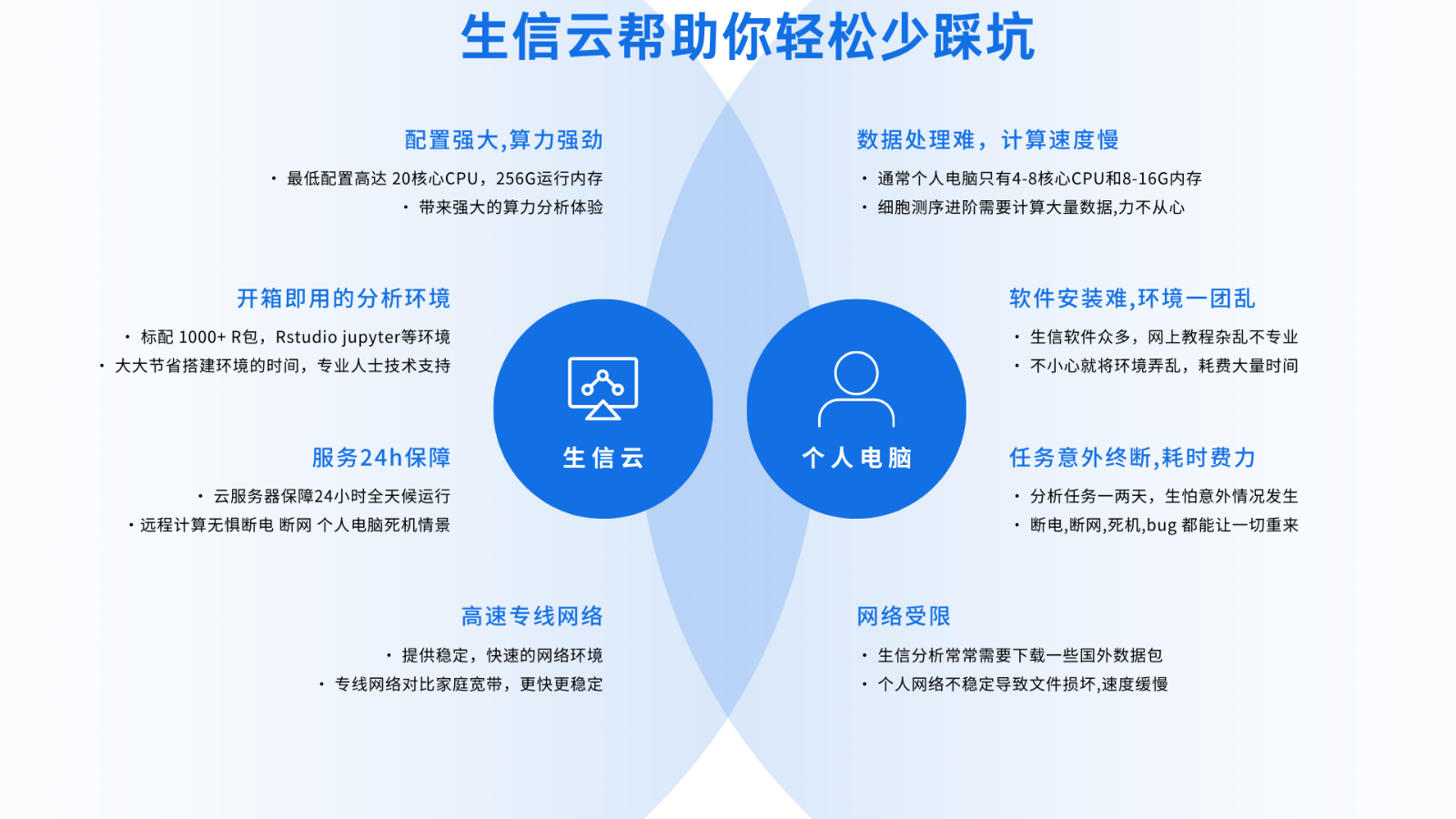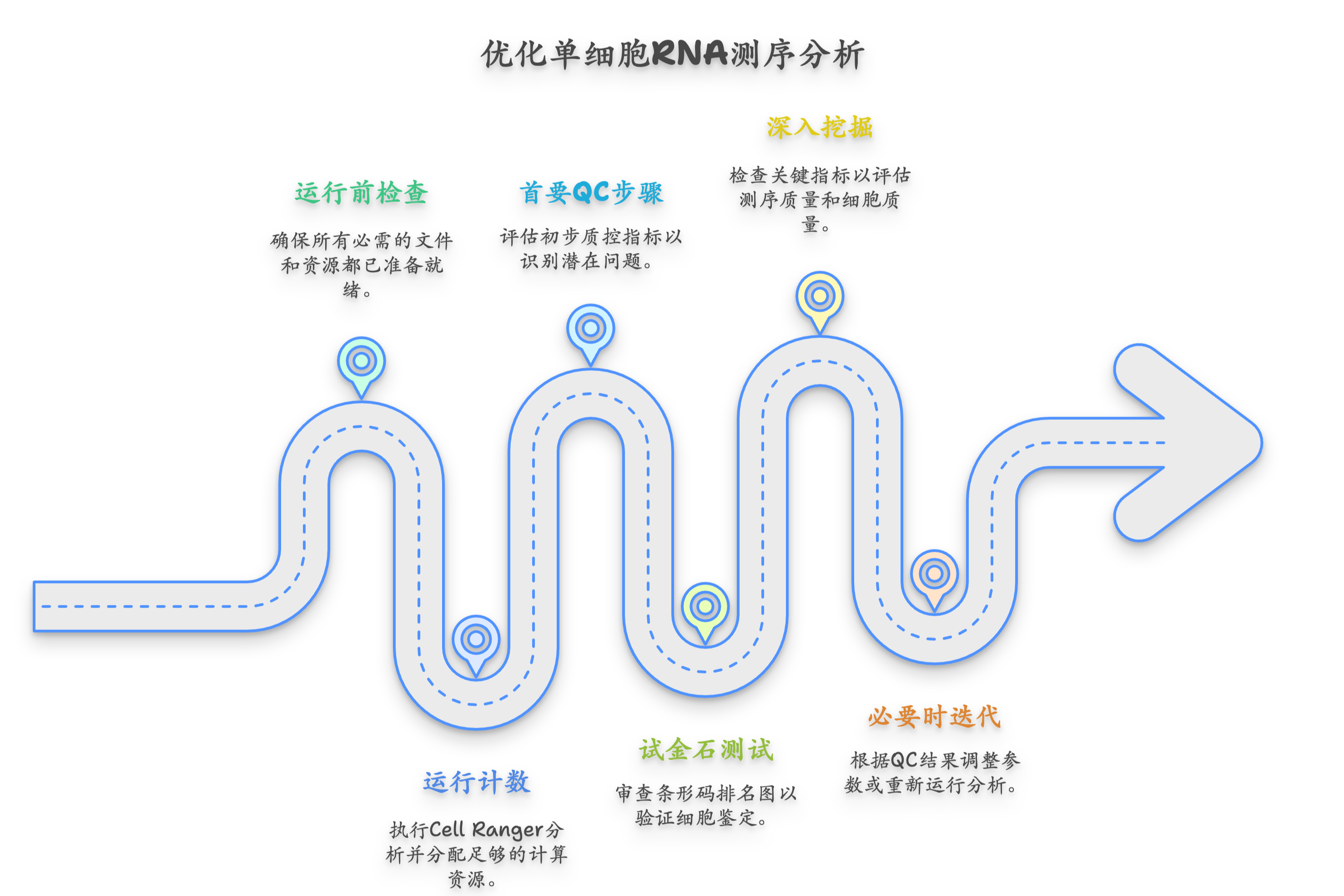
genomic information hub powers clinical-grade genomic interpretation at scale. These compute environments process substantial biological information to inform clinical decisions. By applying cutting-edge computational methods and reproducible pipelines, they accelerate translational outcomes.
Scalable Infrastructure for Genome-Scale Computation
Contemporary bioinformatics workflows create exponential amounts of data that require scalable compute. Highly scalable servers provide the processing power needed for genome-scale analyses.
- Scalable systems support horizontal and vertical expansion to meet growing compute needs.
- Furthermore, these servers often employ parallel and distributed processing architectures to accelerate analyses.
- Servers power tasks from raw read processing to variant prioritization and downstream biological modeling.
Cloud platforms simplify access, provisioning, and collaboration for genomics and multi-omics projects.
Cloud-Based Bioinformatics: Accelerating Genomic Research at Scale
High-throughput sequencing technologies have driven a deluge of genomic data needing scalable analysis backends. Bioinformatics clouds accelerate timelines by removing setup overhead and enabling parallel sample processing.

Scalable, Distributed Computing for Thorough Bioinformatics Workflows
Analyzing large, complex datasets now often necessitates access to high-performance compute clusters. Traditionally, many analyses relied on local infrastructure which can be costly and limited in capacity.
The cloud permits elastic provisioning for demanding bioinformatics tasks, enabling broader experiment scope.
Cloud scaling reduces wasteful provisioning and streamlines shared access to datasets and analytic tools across teams.
Tailored Cloud Solutions for the Next Era of Bioinformatics
Bioinformatics advancement calls for configurable cloud platforms that integrate tooling, data, and security. Such clouds align compute, storage, and specialized algorithms to empower faster, reproducible discoveries in healthcare.
The cloud model makes advanced analytics accessible to smaller labs, fostering inclusive innovation across geographies.

Rapidly Provisioned Servers for Efficient Bioinformatics Processing
On-demand servers remove infrastructure friction and let scientists focus on interpretation, not provisioning. This approach eliminates the burden of maintaining dedicated hardware and enables faster turnaround times for intensive bioinformatics tasks.
Pre-built environments reduce setup time by bundling aligners, variant callers, and annotation tools. Reducing configuration burden shortens project cycles and enhances reproducibility and collaboration.
Cloud-Based Bioinformatics Services That Empower Discovery
aaS models give labs access to curated pipelines, shared datasets, and managed compute without heavy infrastructure investment. They facilitate multi-omics integration, biomarker discovery, and rapid hypothesis testing across diverse biological domains.

- On-demand bioinformatics compute allows rapid processing of sequencing runs and cohort studies.
- Cloud services support collaborative projects with centralized data access and workflow sharing.
- Integrated ML and statistical tools help derive mechanistic insights from multi-omics datasets.
Precision Medicine Empowered by Scalable Bioinformatics Analysis
Rising volumes of genomic and clinical information are accelerating the transition to personalized care. By integrating sequencing and clinical data, servers help clinicians personalize care pathways and monitor outcomes in real time. By empowering researchers and clinicians with timely access to actionable insights, these servers drive the evolution of personalized medicine.
Computational Bioinformatics Reveals Hidden Biological Patterns
Bioinformatics tools extract latent signals and interactions that manual analysis cannot detect. Large-scale sequence and structural analyses surface conserved motifs, regulatory elements, and functional sites.

Computational infrastructure offers the tools and scale necessary to interrogate biological complexity rigorously.
High-Performance Next-Gen Infrastructure for Bioinformatics
Next-gen platforms must support high-throughput sequencing, ML models, and interactive analysis at scale. By integrating parallel processing, GPU acceleration, and optimized storage, next-gen systems shorten analysis cycles.
- Cloud solutions enable rapid scaling of cores, memory, and storage to align with research timelines.
- Specialized applications and curated pipelines expand to handle new assay types and analytic methods.
bioinformatics computing server
By enabling shared environments and reproducible pipelines, it accelerates research across medicine and biotech.
A Feature-Rich Bioinformatics Suite for Research Labs
A full-featured server suite provides modular capabilities—alignment, annotation, phylogenetics, and structure prediction. The platform couples high-quality algorithms with reference databases to enable reproducible sequence and structural analyses. Accessible UI, guided workflows, and curated references help teams accelerate research regardless of computational background.
